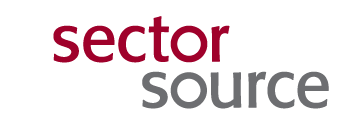Definitions:
Equity: Fairness, impartiality, even-handedness. A distinct process of recognizing differences within groups of individuals, and using this understanding to achieve substantive equality in all aspects of a person's life.1
An inclusive workplace is fair, equitable, supportive, welcoming and respectful. It recognizes, values and leverages differences in identities, abilities, backgrounds, cultures, skills, experiences and perspectives that support and reinforce Canada's evolving human rights framework.2
Why is it important to have an equity and inclusion policy? As organizations working towards the betterment of Canadian society, charities and nonprofits have a responsibility to demonstrate leadership in the area of human rights. This means providing discrimination-free services to clients as well as following discrimination-free engagement practices for employees, the board and non-board volunteers. Given that the sector often serves vulnerable people and communities it is especially important that charities and nonprofits lead in equitable and inclusive practices to reflect the communities we serve.
Many organizations use the term “diversity, equity and inclusion” (DEI) to name this policy. Please note that the standard is not intended to be prescriptive about how the policy is named but is looking for the elements of the standard listed below. The choice to name the standard “Equity and inclusion policy” rather than using the more common term “DEI” came about through consultation with experts in equity and anti-oppression who advised that increasing diversity in an organization is only one of many steps an organization can take to promote the values of equity and inclusion.
Your organization’s equity and inclusion policy3 should include:
- Definitions of the terms “equity” and “inclusion”
- An overarching statement of what the values of equity and inclusion mean for your organization
- Goals your organization intends to meet with respect to the values of equity and inclusion
- Practices your organization has committed to following in order to accomplish the aforementioned goals
- Teaching human rights in Ontario - A guide for Ontario schools
- Building a Diverse and Inclusive Public Service: Final Report of the Joint Union/Management Task Force on Diversity and Inclusion from the Treasury Board of Canada Secretariat
- Diversity, Inclusion, and Equity Policy Template and Guide from Bloomerang
Section
Standards Reference Guide

